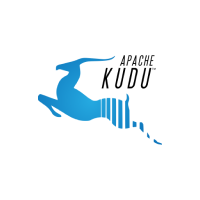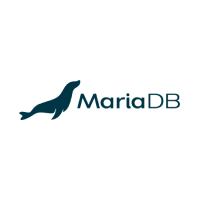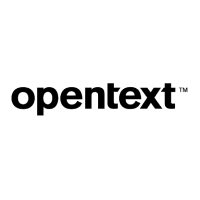Columnar databases, also known as column-oriented databases, provide a more efficient and optimized way of storing and querying data, particularly in big data and analytical environments. They store data in columns, rather than rows, which significantly improves query performance, reduces storage requirements, and optimizes data compression. The benefits of columnar databases are most evident when it comes to massive amounts of data that need to be searched, aggregated, or analyzed quickly.
Columnar databases have become increasingly popular due to their ability to handle large-scale data warehouses and analytics workloads. In comparison to traditional row-based relational databases, columnar databases offer the advantage of improved query performance, especially for analytical functions, as well as more efficient data storage and compression techniques. They are particularly suitable for applications that require high-speed data retrieval and aggregation in near real-time.
The columnar database market has seen significant growth in recent years, with numerous providers delivering cutting-edge solutions. These databases have key features that include scalability, performance, data security, and ease of use, as well as their ability to integrate with existing infrastructure and analytics tools. In this guide, we will explore the top columnar databases on the market today, considering their strengths, weaknesses, and use cases, based on technical specifications, customer feedback, and industry trends.
















